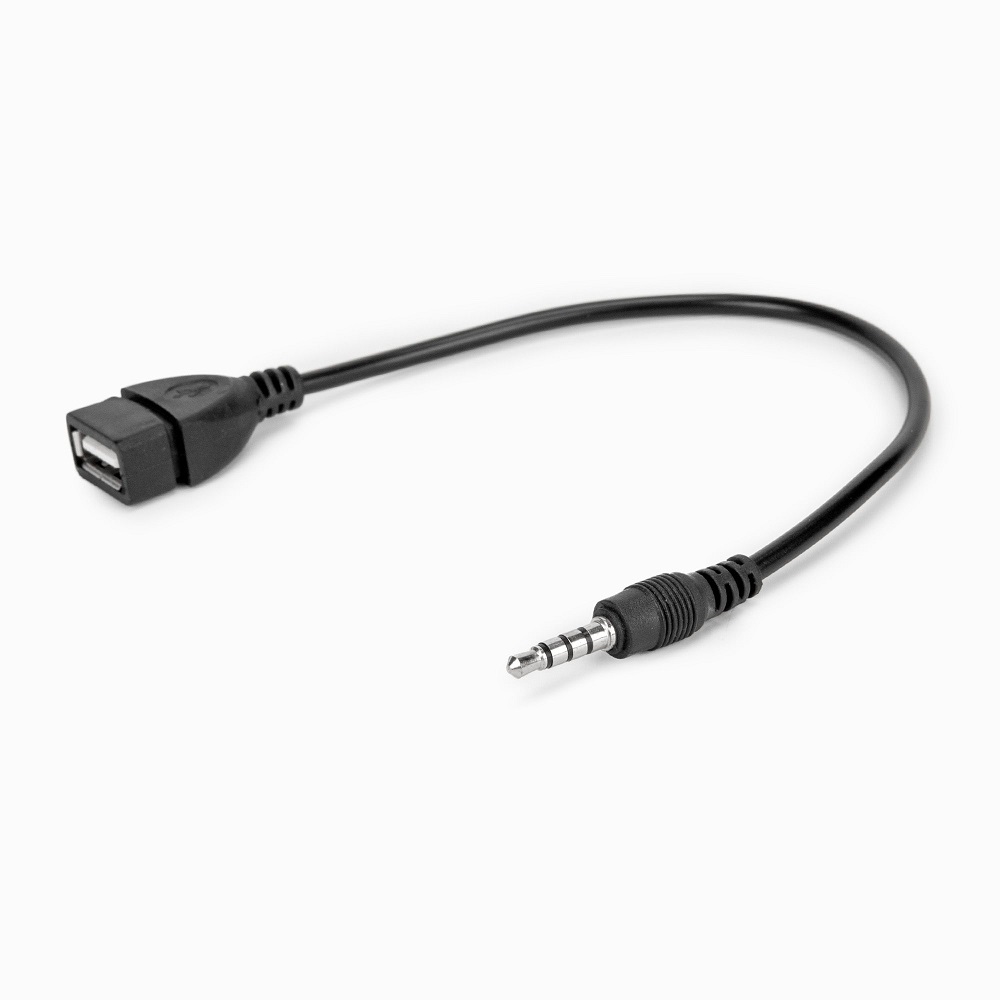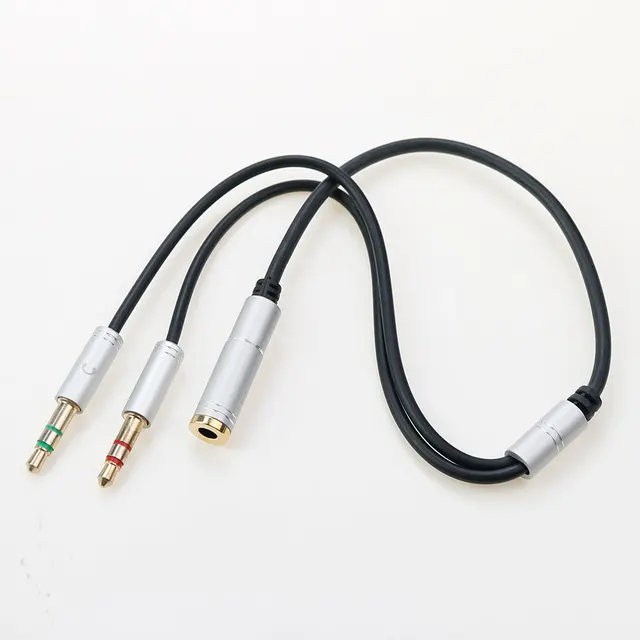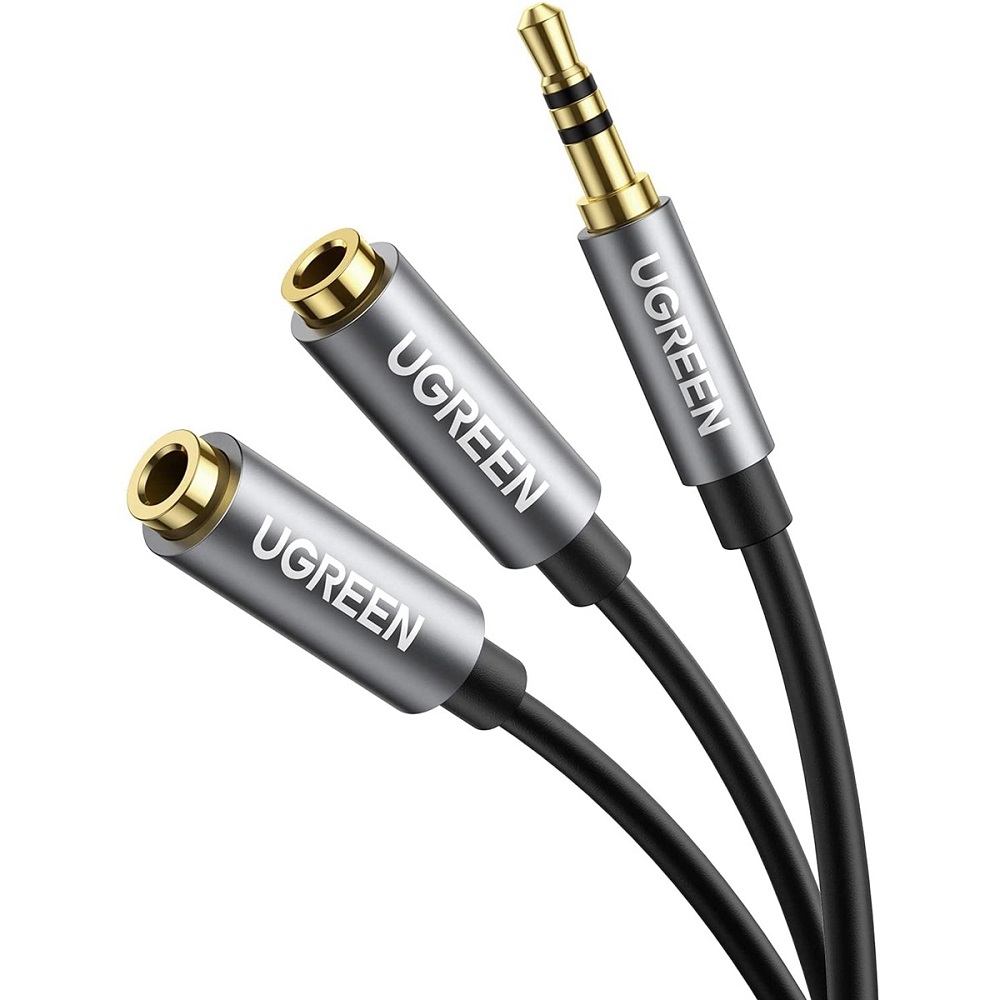Introduction to Headphone Jacks
The headphone jack sizes are essential component for listening to audio through personal devices.
The Role in Audio Delivery
It’s responsible for transmitting audio from your device to your headphones.
Variations in Headphone Jacks
Headphone jacks come in various sizes, each with its specific use and compatibility.
Analyzing the 3.5mm Audio Jack
The 3.5mm audio jack, commonly referred to as a TRS (Tip, Ring, Sleeve) connector, is predominantly used in consumer electronics due to its compact, versatile nature. It serves multiple functions across various devices — from smartphones and laptops to portable media players and more. Thanks to its size and universal appeal, this jack has become the standard connector in the audio industry.
Advantages and Limitations
One major advantage of the 3.5mm audio jack is its portability. It’s small enough to fit into nearly any device, making it a ubiquitous choice for manufacturers and consumers alike. Furthermore, it provides reliable sound quality for everyday use, suitable for casual listening and standard audio tasks.
Yet, the limitations cannot be neglected. Due to its smaller size, the 3.5mm jack supports basic stereo sound but is not equipped to handle complex audio setups, such as surround sound systems. Additionally, consistent use and portability often lead to physical wear over time, potentially degrading sound quality through loose connections or internal damage.
Common Use Cases
The 3.5mm jack is especially widespread in common devices including smartphones, where it enables hands-free calling and music playback. It’s also found in laptops, facilitating connectivity for both headphones and external speakers in work or personal environments. This jack embodies efficiency and ease-of-use, with a simple plug-and-play interface that requires no additional software to operate satisfactorily.

Exploring the 2.5mm Headphone Audio Jack
While not as prevalent as the 3.5mm jack, the 2.5mm audio jack holds its own unique place in the world of portable audio. Smaller in size, the 2.5mm jack is lighter and more compact, making it a fitting choice for smaller gadgets like Bluetooth headsets or certain models of cordless phones. Its minimized footprint allows manufacturers to keep their devices sleek and space-efficient, a quality valued in the realm of portable electronics.
Unique Features
Known for its slender build, the 2.5mm jack is often seen in specialized audio or communication equipment. Its less common presence means it’s not the first choice for mainstream devices, hinting at exclusivity. The smaller size doesn’t necessarily translate to inferior quality. With the right design, a 2.5mm connection can deliver satisfactory audio for its intended purposes.
Pros and Cons
The merits of a 2.5mm headphone audio jack include its portability and discrete nature, which are ideal for lightweight, ultra-portable devices. The jack’s smaller profile also takes up less space on a device’s chassis. However, this compact size can lead to fragility, and finding compatible accessories may pose a challenge. From an audio fidelity perspective, the 2.5mm jack’s limited surface area can cause a drop-off in sound quality compared to larger options, and their scarce use makes them less ideal for users seeking universal compatibility with a wide range of devices.
Understanding the 6.35mm Headphone Audio Jack
The 6.35mm headphone audio jack, often recognized as the 1/4 inch audio jack, is widespread among professional audio equipment. This jack size is commonly found in musical instruments like guitars and keyboards, as well as in professional audio devices such as amplifiers and mixing consoles. Its larger size accommodates robust build and durability, making it an ideal choice for settings that require frequent and reliable connectivity.
Ideal Scenarios for Use
The 6.35mm jack excels in environments where audio equipment undergoes regular and rough usage. It’s perfect for live performances, recording studios, and audio testing facilities. Musicians and sound engineers benefit from its reliable connections and the ability to handle high-quality audio signals without interference.
Benefits and Drawbacks
Benefits:
- Durability: Its sturdy build resists wear and tear better than smaller jacks.
- Audio Quality: Capable of transmitting high-fidelity sound, it’s preferred in high-end audio setups.
- Compatibility: Widely used in professional audio equipment, making it easy to find compatible cables and accessories.
Drawbacks:
- Size: Its larger size might not fit portable or consumer devices like laptops or smartphones without an adapter.
- Cost: Often more expensive due to its robust construction and professional usage.
- Limited Use: Not as common in consumer products, which could limit its everyday applicability for general users.

Selection Criteria for Headphone Jacks
Selecting the right headphone jack is critical for ensuring your audio experience matches your needs. It’s not just about the physical fit; factors like sound quality and device compatibility play significant roles.
Deciding on Size for Your Needs
When choosing a headphone jack sizes, consider your primary use case. If portability is a priority, the 3.5mm jack is your go-to. It’s commonly found on personal devices and suitable for everyday listening. Seeking professional audio quality? The 6.35mm jack, found in studio gear, is designed for high-fidelity sound. The less common 2.5mm jack, while perfect for small devices, may limit you with compatibility and sound quality.
Compatibility Considerations
Consider which devices you’ll be connecting your headphones to. Check your device’s specs to ensure the jack matches. Adapters can bridge differences but may affect sound quality. For regular media devices, such as smartphones or laptops, the 3.5mm jack is typically compatible. For specialized audio equipment, the 6.35mm jack will likely be the standard. And remember, newer devices might not have a headphone jack at all, requiring wireless or USB-C alternatives.
Impact of Headphone Jacks on Sound Quality
The quality of sound is crucial for any audio device user. The sort of headphone jack you use can noticeably impact this quality. Here’s how different aspects of headphone jacks influence the sound you get.
Factors Influencing Audio Performance
Several factors affect the audio performance through headphone jacks. The size of the jack, for instance, directly correlates with signal quality. Larger jacks, like the 6.35mm, generally provide a more robust and clearer sound. Smaller jacks, such as the 2.5mm and 3.5mm, although convenient, can sometimes offer a less clear sound.
The number of conductors in a jack also plays a role. More conductors can support more features and better audio quality. For example, jacks with three conductors can carry stereo sound and one additional feature like a microphone or control button, enhancing the overall audio experience.
Connector compatibility must be considered too. Ensuring that the headphone jack sizes fits snugly and properly with the device’s port helps prevent signal loss and interference, which are common causes of sound degradation.
Material and Construction Effects
The material and the build quality of the headphone jack sizes also significantly influence sound quality. High-quality materials like gold or silver in the jack’s contacts can improve connectivity and therefore sound transmission.
Gold-plated jacks, known for their resistance to corrosion and excellent conductive properties, help in maintaining the clarity of the audio signal over time. Cheaper materials like aluminum or copper might degrade faster, leading to poorer sound quality as the headphone ages.
Additionally, how the audio jack is built — the robustness of its housing and the precision of its contact points — can determine how well it guards against external noise and signal interference. This is crucial in environments with lots of electronic devices.
Hence, both the intrinsic qualities of the materials used and the construction of the headphone jacks are pivotal in determining the fate of the sound quality delivered to your ears.

Choosing the Right Audio Jack
Choosing the right audio jack is essential for ensuring optimal sound quality and compatibility with your devices. Here are some considerations to help you make an informed choice.
Connector Type and Durability
Selecting the correct connector type is crucial. The 3.5mm and 6.35mm jacks are common options. The 3.5mm jack is ideal for portable devices, while the 6.35mm is better suited for professional audio equipment due to its robustness. Durability is also vital; choose jacks that are well-built to withstand frequent use and handling.
Impedance and Shielding Considerations
Impedance affects the delivery and clarity of the sound. Lower impedance jacks generally provide better sound transmission by minimizing signal degradation. Shielding is important as well; it protects against interference from other electronic devices, ensuring cleaner sound. A well-shielded jack enhances overall sound fidelity and performance.
The Importance of Brand Research
Brands often correlate with quality. Reputable brands typically offer higher-quality, durable jacks with better performance. Investigate each brand’s reputation for reliability and customer satisfaction before making a purchase, as this can greatly influence the longevity and effectiveness of your audio hardware.
Frequently Asked Questions about Audio Jacks
Navigating the world of audio jacks can be complex. Below are answers to common questions that arise when choosing an audio jack for your headphones.
Common Queries and Clarifications
Can I use any headphone jack with any device?
No, the size of the jack must match your device’s port. Adapters can help bridge differences.
Do gold-plated jacks offer better sound quality?
Yes, they resist corrosion and provide better connectivity, leading to clearer sound.
Is sound quality affected by jack size?
Larger jacks like the 6.35mm can offer a stronger, clearer sound due to their robust design.
Can I improve sound quality with a better jack?
Investing in a high-quality jack made of superior materials can enhance sound clarity.
What’s the most common headphone jack sizes?
The 3.5mm jack is the standard size and widely used across various devices.
Are there wireless alternatives to headphone jacks?
Yes, Bluetooth and USB-C are common for devices without a traditional headphone jack sizes.
Should I worry about my headphone jack’s durability?
Yes, especially if you frequently connect and disconnect your headphones, which can wear out the jack.
Are adapters bad for sound quality?
While convenient, adapters may sometimes affect the sound quality negatively.
Understanding these aspects of headphone jack sizes can help you choose the right type for your needs while ensuring the best possible audio experience.
